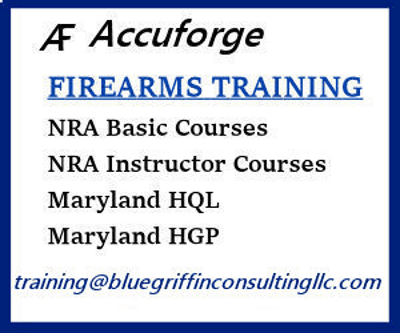Gunny1
Senior Citizen Member
For under $400 with scope, I too vote for a stock 10/22.
You can always "trick it out" at a later time. Also 22 ammo is still reasonably priced, as opposed to 223, 30-06, etc.
You can always "trick it out" at a later time. Also 22 ammo is still reasonably priced, as opposed to 223, 30-06, etc.

 I am really just a plinker though.
I am really just a plinker though.






